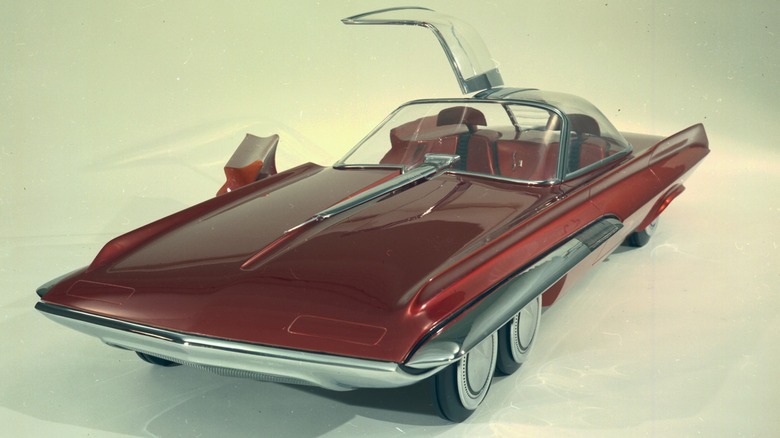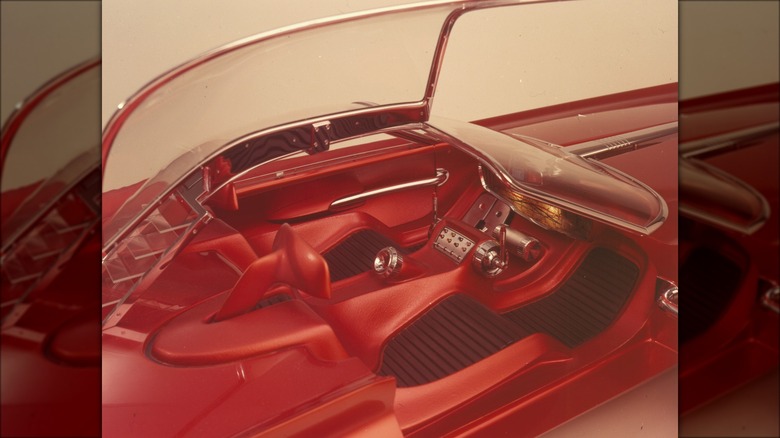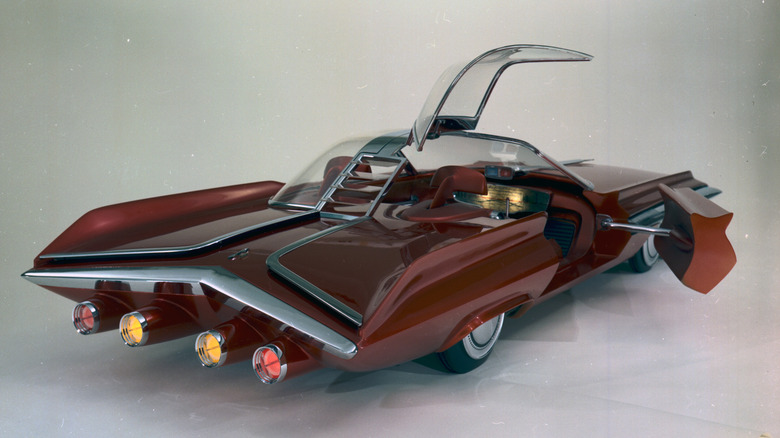Ford's Strange 6-Wheel Concept Car: The Seattle-Ite
In 1962, Seattle hosted the Century 21 Exposition, a World's Fair event focused on space, science, and what the future might hold in the 21st Century. Over ten million people descended on a city and saw for the first time some of Seattle's most iconic landmarks, including the Space Needle, a 605-foot tall rotating restaurant tower. After the fair, Seattle's image quickly transformed, and the Pacific Northwest town became an international destination.
Also on display were concept cars of tomorrow, some of which resembled rockets rather than automobiles. General Motors had its Firebird III on display, and Ford brought the Seattle-ite. Gene Bordinat, Ford vice president and director of styling at Ford at the time, said the Seattle-ite was "an example of the kind of exploration that can lead to key breakthroughs in automotive styling and engineering."
Ford was no stranger to drawing up wild and crazy vehicles. The company even unveiled a concept for a car called the Nucleon in 1958 – a car that ran on a self-contained nuclear reactor that could easily be swapped out whenever needed — but the Seattle-ite had plenty of interesting innovations of its own.
Settle into the Seattle-ite
The Seattle-ite was cooked up at Ford's Advanced Styling Studio in Dearborn, Michigan, and built as a 3/8th scale concept car for the fair. It was never made full-sized. It was as similarly far-fetched as the Nucleon because the thought was that it, too, could be powered by a small nuclear device.
Ford set its designers loose and told them not to worry about being held back by the current technology of the day. It wanted them to dream big, focus on what might be possible, and create something that might lead to revolutionary new ideas for automobile styling, engineering, comfort, and safety. One very peculiar feature was the front end, which held the power unit — whether it was the aforementioned nuclear device or advanced fuel cells powering an electric motor — that could be uncoupled from the passenger compartment and swapped out.
Ford designed a similar concept into the Nucleon, potentially allowing the driver to use an economical 60 hp "device" to putter around town and then plug in a "high-speed transcontinental unit" with 400+ hp to scream across the county.
A look into the future
Beyond that, the Seattle-ite had four steerable front wheels mounted in pairs that designers thought would significantly improve the vehicle's tracking, traction, and braking efficiency. Fingertip steering would allow for what Ford said would be "accurate 'zeroing in' at all speeds" — although we're not sure what that means exactly. Jalousie windows (aka louvered windows) would improve ventilation and reduce noise. Used in conjunction with the variable density glass, it would diffuse incoming light and eliminate glare while allowing the air-conditioning to work more efficiently.
One last feature on the Seattle-ite will undoubtedly raise an eyebrow, but keep in mind, this was dreamt up over 60 years ago when computers wouldn't become commonplace in the home for 20 more years. A "travel programming computer" featured a huge viewing screen that showed things like engine performance, road and weather conditions, and a road map that automatically moved with the car so the driver could see his position in real-time, complete with an estimated arrival time.
Sounds awfully familiar, now doesn't it?


